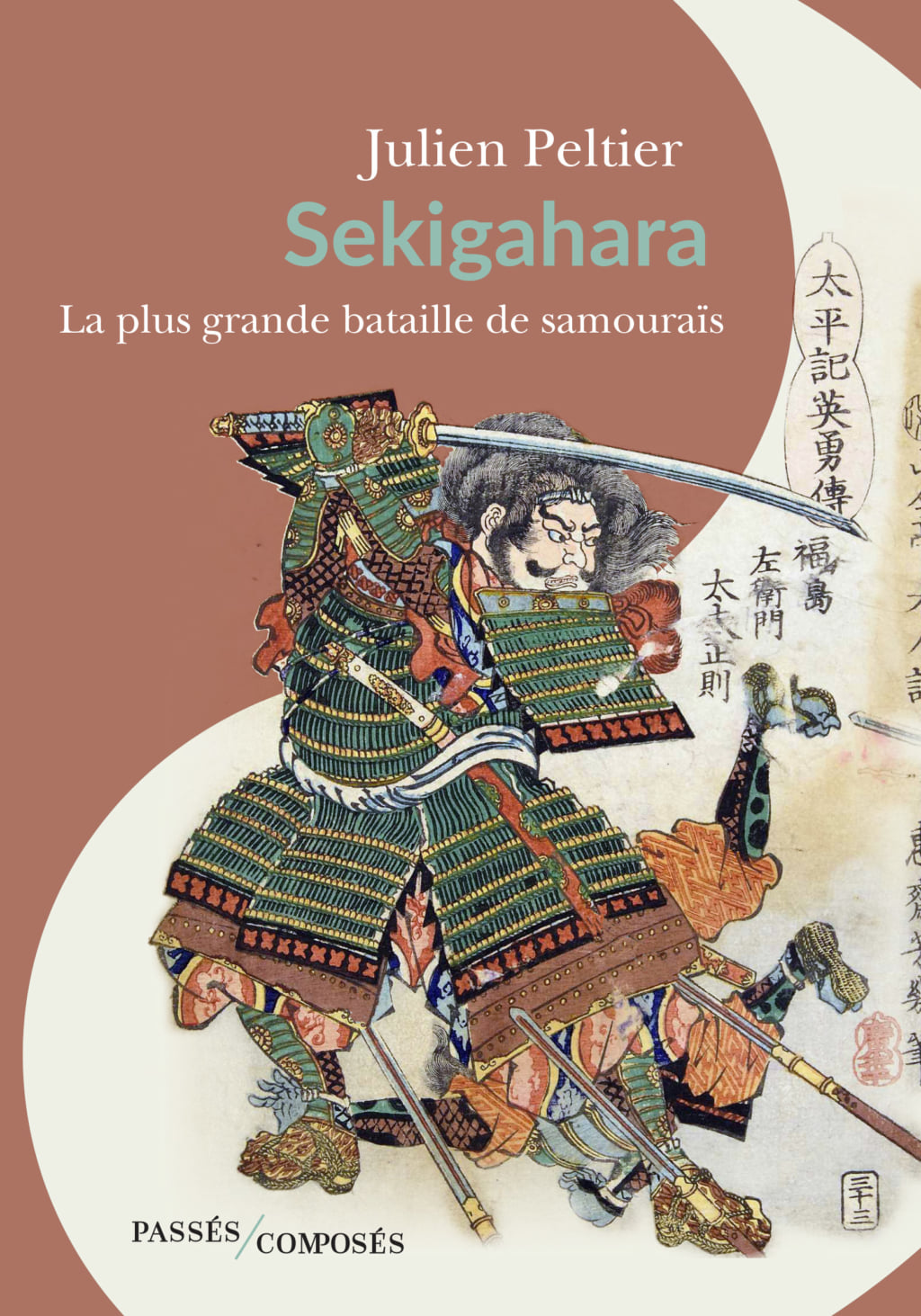Sekigahara, a Seminal Battle in Japanese History
In 'Sekigahara — The Greatest Samurai Battle', Julien Peltier analyses the battle that marked the decline of these warlords.

© Éditions Passé / Composé
‘In order to reap the dividends of peace, the troops had to risk everything one final time on the green carpet of the rice fields of Sekigahara, a narrow valley situated in the heart of Japan, at the crossroads between the strategic axes connecting Kyoto, the former imperial capital, to a plain in Kanto that had become the largest megalopolis in the world, assembling 43 million men.’ Julien Peltier, a historian who specialises in medieval Japan, sets the scene. In the book Sekigahara — La plus grande bataille de samouraïs (‘Sekigahara — The Greatest Samurai Battle’), he dissects one of the most emblematic battles in feudal Japan.
Two rival clans entered into battle: the troops of Ieyasu Tokugawa and those of Mitsunari Ishida. 170,000 soldiers were gathered together in autumn of 1600, 30,000 of whom lost their lives. To seek to understand the motivations for and stakes of this battle, Julien Peltier divides his text into three parts. The first allows the reader to untangle the threads of the events, to grasp the context and discover the strengths and weaknesses of the two clans. The second immerses them in the heart of the battle, and the third analyses its long-term consequences.
The start of a new era
After this battle, the victor of which was Ieyasu Tokugawa, the Edo period began and lasted until the Meiji restoration in 1812, which marked the slow erosion of the powerful samurai. ‘A junction between two totally opposing centuries, Sekigahara sounded the swansong sung unwillingly by the warriors of the past. Because nothing would be the same as it was before. The time of warlords and fortresses was over, while that of traders was just beginning—and would soon cause promising urban centres to prosper—as was that of the master engravers, who were among the main beneficiaries of the rise of a new city-dwelling bourgeoisie’, the book declares.
Sekigahara — La plus grande bataille de samouraïs is a dense but accessible text that adds a new historic dimension to a battle that was previously narrated by Ryotaro Shiba in his novel Sekigahara in 1966. This novel was adapted for the cinema in 2017 by director Masato Harada.
Sekigahara — La plus grande bataille de samouraïs (‘Sekigahara — The Greatest Samurai Battle’) (2020), a book by Julien Peltier, is published by Passés/Composés (not currently available in English).
TRENDING
-
A House from the Taisho Era Reveals Its Secrets
While visiting an abandoned building, Hamish Campbell discovered photographs the owner had taken of the place in the 1920s.

-
The Taboo-Breaking Erotica of Toshio Saeki
The master of the 1970s Japanese avant-garde reimagined his most iconic artworks for a limited box set with silkscreen artist Fumie Taniyama.

-
With Meisa Fujishiro, Tokyo's Nudes Stand Tall
In the series 'Sketches of Tokyo', the photographer revisits the genre by bringing it face to face with the capital's architecture.

-
Masahisa Fukase's Family Portraits
In his series ‘Family’, the photographer compiles surprising photos in which he questions death, the inescapable.

-
Hajime Sorayama's Futuristic Eroticism
The illustrator is the pioneer for a form of hyperrealism that combines sensuality and technology and depicts sexualised robots.





